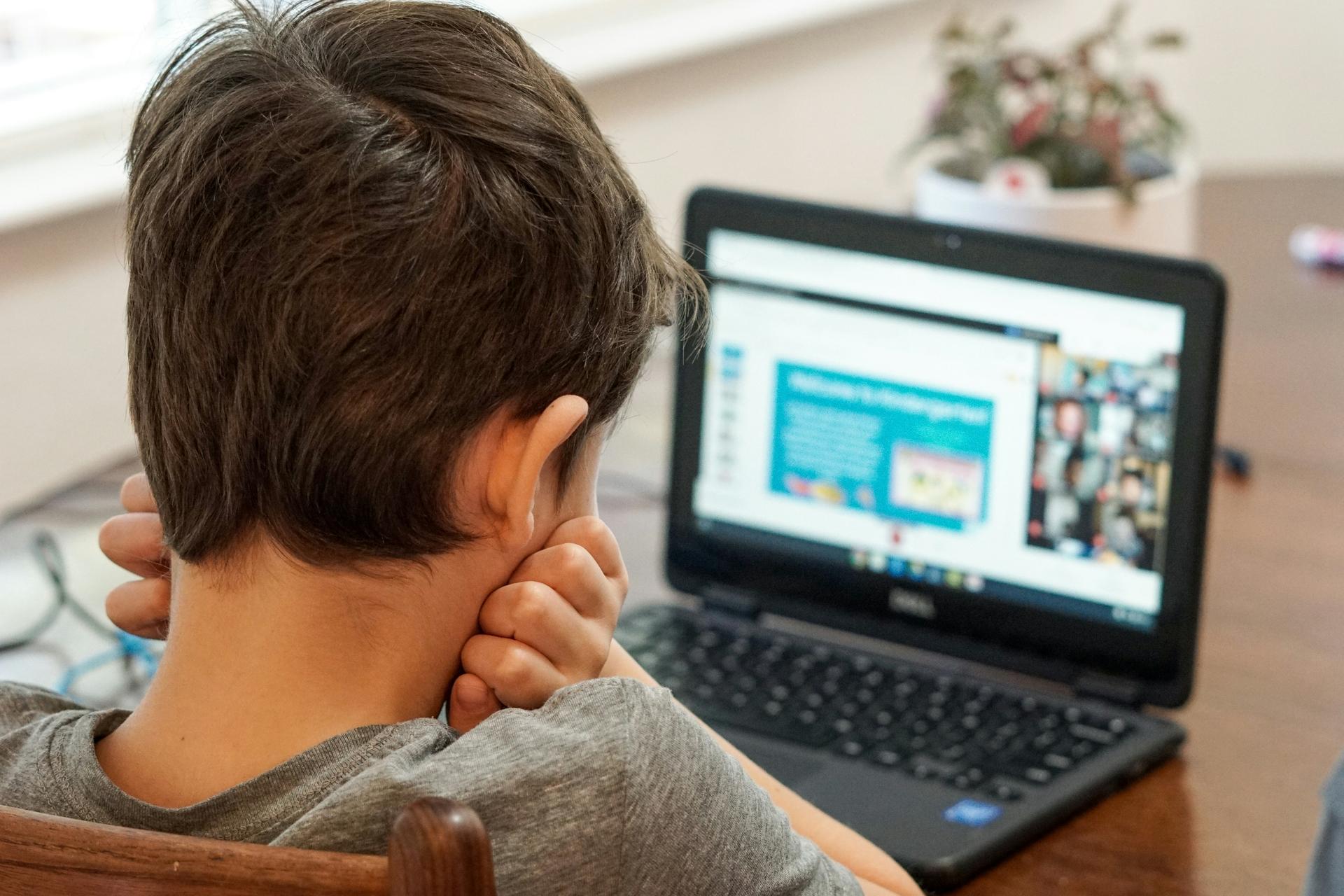
Yuliya Shlychkova, Vice President, Global Public Affairs, Kaspersky
Why is it important?
Kaspersky conducted a survey involving more than 11,000 parents from 19 countries, and the results showed that 61 admitted they had given their children a digital device for the first time between the ages of eight and 12, with 11 percent starting to use gadgets before they turned five[1]. The respondents were concerned about who their children interact with online, what websites they were viewing, and whether they were encountering aggressive online behavior.
Another study conducted by Kaspersky and published in February 2023 found that 26 percent of children surveyed have been victims of a phishing scam[2]. It showed, therefore, that kids are extremely vulnerable to cybercrimes.
Furthermore, child-related cyberthreats are constantly evolving, reflecting trends characteristic of cyberthreats in general. The following trends can be expected in 2024[3]:
- Children will increasingly use AI tools that, as of now, are not ready to provide the necessary level of cybersecurity and age-appropriate content;
- Attacks on young gamers by malicious actors will continue to grow;
- The development of FinTech industry products for kids could result in new threats;
- The number of smart home threats targeting children will increase;
- Children are eager to download apps that are unavailable in their country, but they could stumble upon malicious copies.
Of course, kids and their parents are the ones on the front line of countering cyberthreats to children’s online safety. However, this certainly doesn’t mean that they should be left on their own in this fight. Just the opposite, all stakeholders, be it governments, international organizations, and HGOs as well as the corporate sector, must be involved in protecting our most precious possessions – our children.
Below are some recommendations that, in our view, could meaningfully contribute to mitigating Internet-related risks to kids.
1. Harmonize regulations against new online threats to children
Lacking regulatory harmonization is a common feature in the whole global IT regulatory landscape, which significantly hinders sustainable development in the IT sphere. And protecting kids against cyber threats is absolutely no exception. And it’s worth mentioning that children are facing threats in the digital domain that are increasingly cross-border in nature.
Efforts to align national legislation in the realm of child protection online are therefore essential. The first step in this direction could be to reach an agreement (to the greatest extent possible) regarding key definitions and actions that should be considered criminal.
Another option that could be discussed among countries would be to impose stricter penalties for cybercriminals targeting children and adolescents. This is a common practice adopted by many nations (especially regarding “traditional” crimes against kids), which could be expanded on wrongdoings in the digital domain.
2. Promote cyber literacy among kids, parents and teachers
Nowadays, children immerse themselves in cyberspace from a very early age. That’s why is it critical to prepare kids for challenges that they may face online. One of the best ways to do this is to develop and promote of child-oriented training courses that would help the younger generations learn about the pitfalls of cyberspace.
At the same time, it’s important not to limit the scope of educational courses to children only. Parents and teachers should also be involved in the learning process. For many of them, the digital domain and ICT represent a “terra incognita”, an unknown land. That’s why it’s essential to familiarize them with existing rapidly evolving challenges, to help them to protect their children.
3. Promote multi-stakeholder exchange of expertise and experience
As previously mentioned, protecting children (including in the “digital” dimension) is a shared responsibility of all parties involved worldwide: governments, corporate sector, NGOs and academia. And their efforts should not be isolated. On the contrary, a comprehensive dialogue among all stakeholders should be strongly encouraged with the main objective of promoting the exchange of knowledge and expertise in the field of child protection online.
The Council Working Group on Child Online Protection functions under the auspices of the International Telecommunications Union (ITU). It can serve as one example of a platform that facilitates this kind of dialogue, as it provides a forum for member states, businesses and non-government organizations to share their views regarding further action on the issue. This body has also developed and published Child Online Protection Guidelines. This document, available in 28 languages, provides key recommendations for the protection of children in the digital domain.
For its part, Kaspersky participated in the Working Group’s activities. During its 20th meeting, we presented company’s views on the state of child-related cyberthreats as well as Kaspersky’s efforts aimed at protecting children online and teaching them, their parents, and educators cyber literacy[4].
In conclusion, protecting kids is a responsibility shared by everyone. Ensuring a cybersecure future is impossible without mitigating future cyberthreats– to our children – as much as possible. And, as these challenges are constantly evolving, the same must be true for the way we protect the younger generation on the Internet, with the ultimate goal of staying one step ahead of malicious actors.
-
Kaspersky (2021) Raising the smartphone generation. Available at: https://www.kaspersky.com/blog/digital-habits-report-2021/ ↑
-
Kaspersky (2023) Overconfident and over exposed: Are Children Safe Online? Available at: https://media.kasperskydaily.com/wp-content/uploads/sites/86/2023/02/21115456/Kaspersky-State-of-Children-Online-Report-15-02.pdf ↑
-
Andrey Sidenko. Kids and cybersecurity: what parents should be aware of in 2024. Available at: https://usa.kaspersky.com/blog/cybersecurity-threats-for-kids-2024/29630/ ↑
-
Report by Kaspersky - Progress in protecting children in the digital domain and expected trends for 2024. Available at: https://www.itu.int/dms_pub/itu-s/md/24/clcwgcop20/inf/S24-CLCWGCOP20-INF-0026!!PDF-E.pdf ↑
